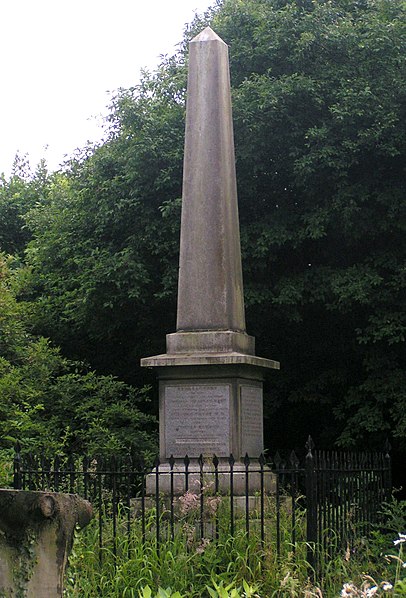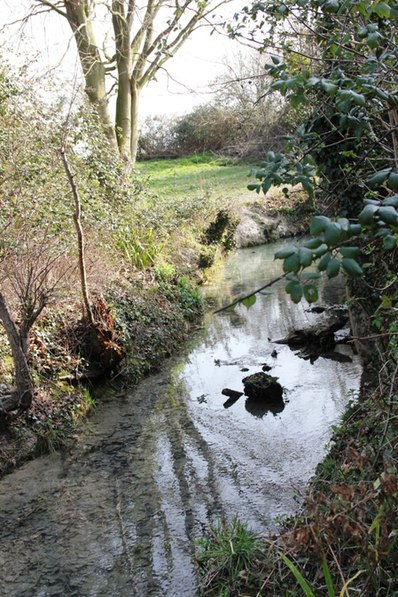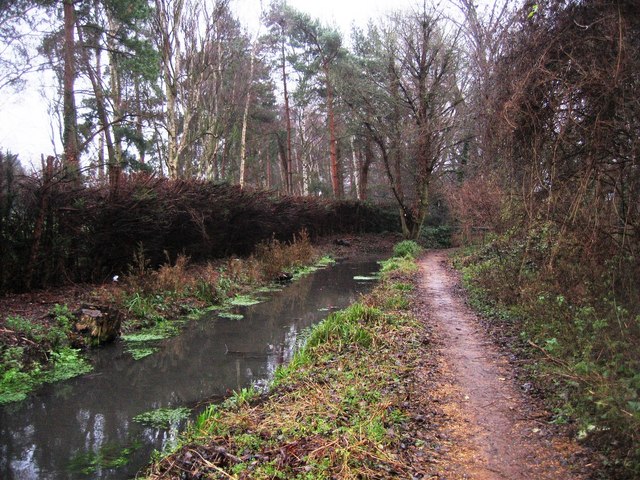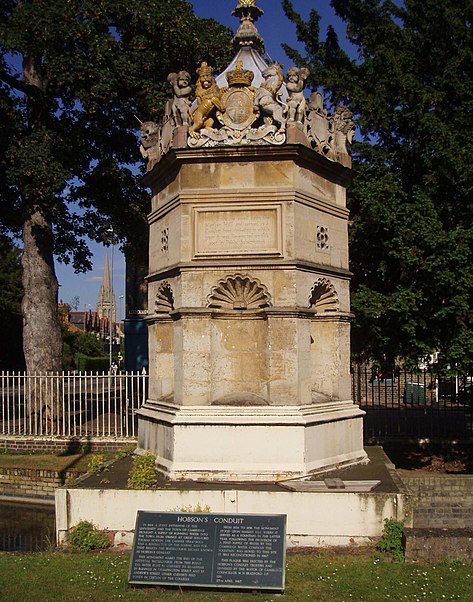Hobson's Conduit, Cambridge
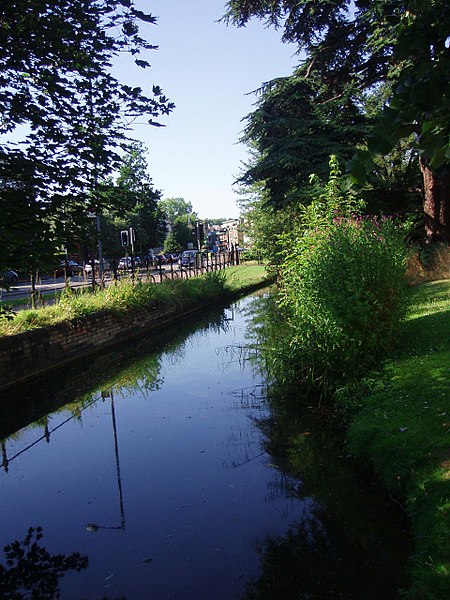
Facts and practical information
Hobson's Conduit, also called Hobson's Brook, is a watercourse that was built from 1610 to 1614 by Thomas Hobson and others to bring fresh water into the city of Cambridge, England from springs at Nine Wells, a Local Nature Reserve (52.166°N 0.1349°E / 52.166; 0.1349), near the village of Great Shelford. It is now a Scheduled Ancient Monument and historical relic. The watercourse currently runs overground until Cambridge University Botanic Garden and Brookside, where it is at its widest. At the corner of Lensfield Road stands a hexagonal monument to Hobson, which once formed part of the market square fountain, and was moved to this location in 1856, after a fire in the Market. The flow of water runs under Lensfield Road, and subsequently runs along both sides of Trumpington Street in broad gutters towards Peterhouse and St Catharine's College, and also St Andrew's Street. The conduit currently ends at Silver Street. ()
Cambridge
Hobson's Conduit – popular in the area (distance from the attraction)
Nearby attractions include: Nine Wells, Trumpington War Memorial, Sedley Taylor Road, Byron's Pool.
Frequently Asked Questions (FAQ)
Which popular attractions are close to Hobson's Conduit?
How to get to Hobson's Conduit by public transport?
Bus
- Whittle Avenue • Lines: 25, 7 (11 min walk)
- Francis Crick Avenue • Lines: A, B, D, R, U (13 min walk)
Train
- Shelford (30 min walk)


